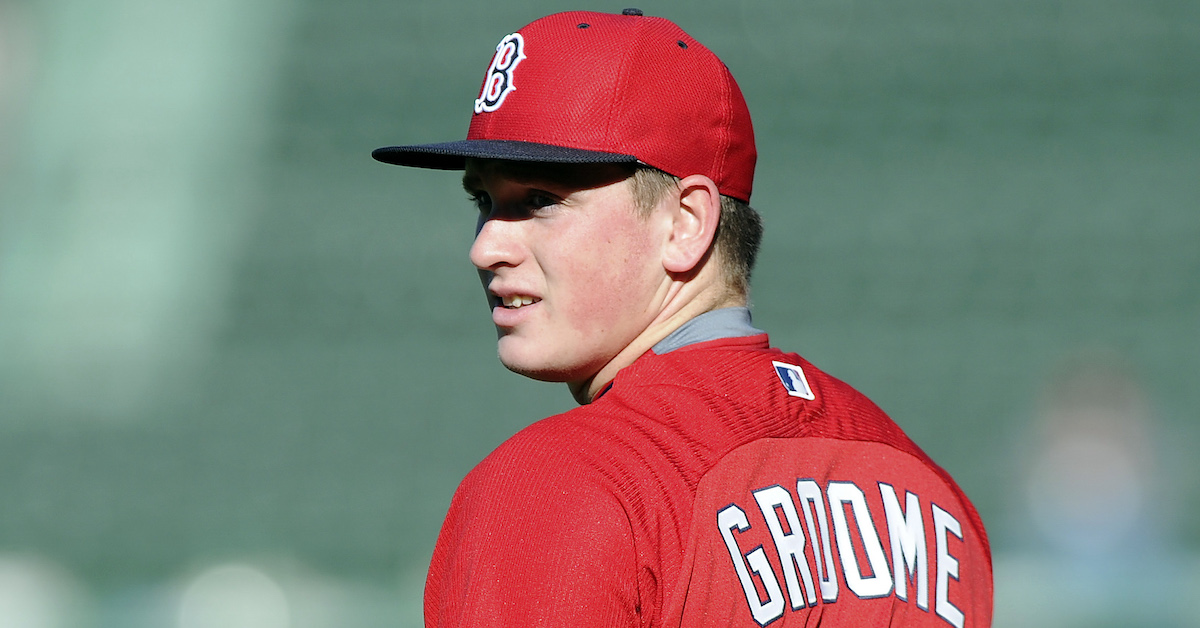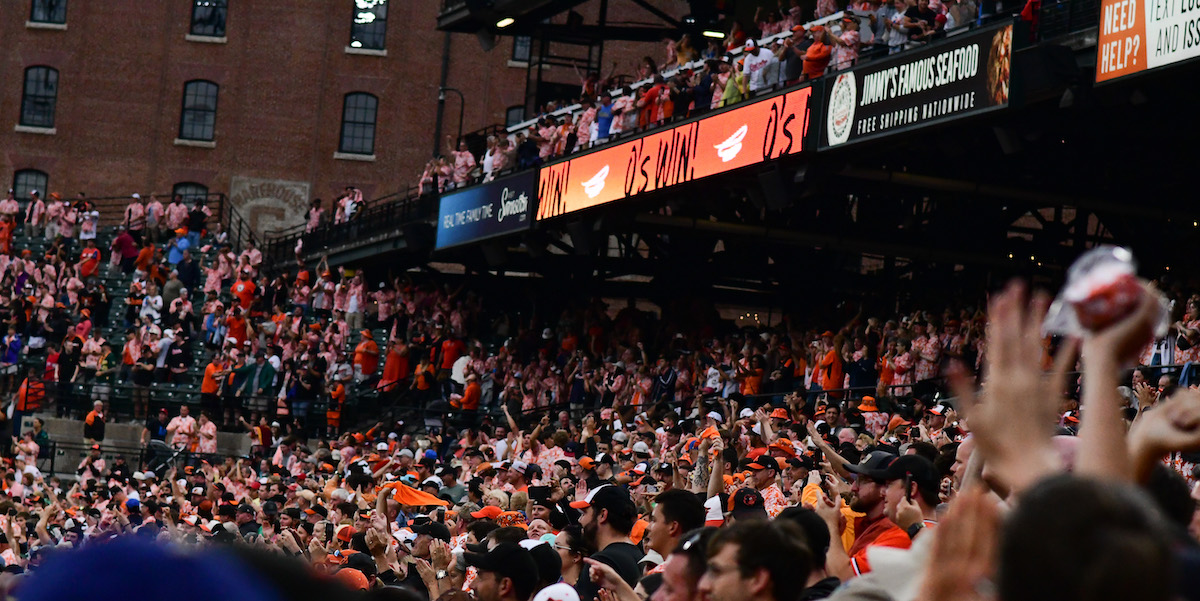Red Sox 2016 First-Rounder Jay Groome Is Still a Promising Prospect

Jay Groome has experienced a lot of ups and downs since being drafted 12th overall by the Boston Red Sox out of a New Jersey high school in 2016. The now-23-year-old southpaw had Tommy John surgery in 2018, and his career mark as a professional includes an 11-22 record with a 4.50 ERA over 240 innings.
Groome’s future nonetheless remains promising. Ranked 13th on our Red Sox Top Prospects list coming into the current campaign, the 6-foot-6, 265-pound former first-rounder has a 3.52 ERA and has allowed just 58 hits (with 81 strikeouts) in 76-and-two-thirds innings with the Double-A Portland Sea Dogs. Moreover, he has a more diversified arsenal and a better feel for how to attack hitters than he’s had in previous seasons.
Groome discussed his evolution as a pitcher, and the hurdles he’s overcome along the way, earlier this summer.
———
David Laurila: When I first interviewed you in 2017, I asked where you were in terms of transitioning from a thrower to a pitcher, and your response was that you “100% know how to pitch.” Looking back, how accurate was that?
Jay Groome: “That was probably just my younger self trying to be honest. But I’ve added two more decent pitches since then, and I’m trying to throw all of them in the zone. I can fairly say now that I’m pitching a lot more than throwing.” Read the rest of this entry »










